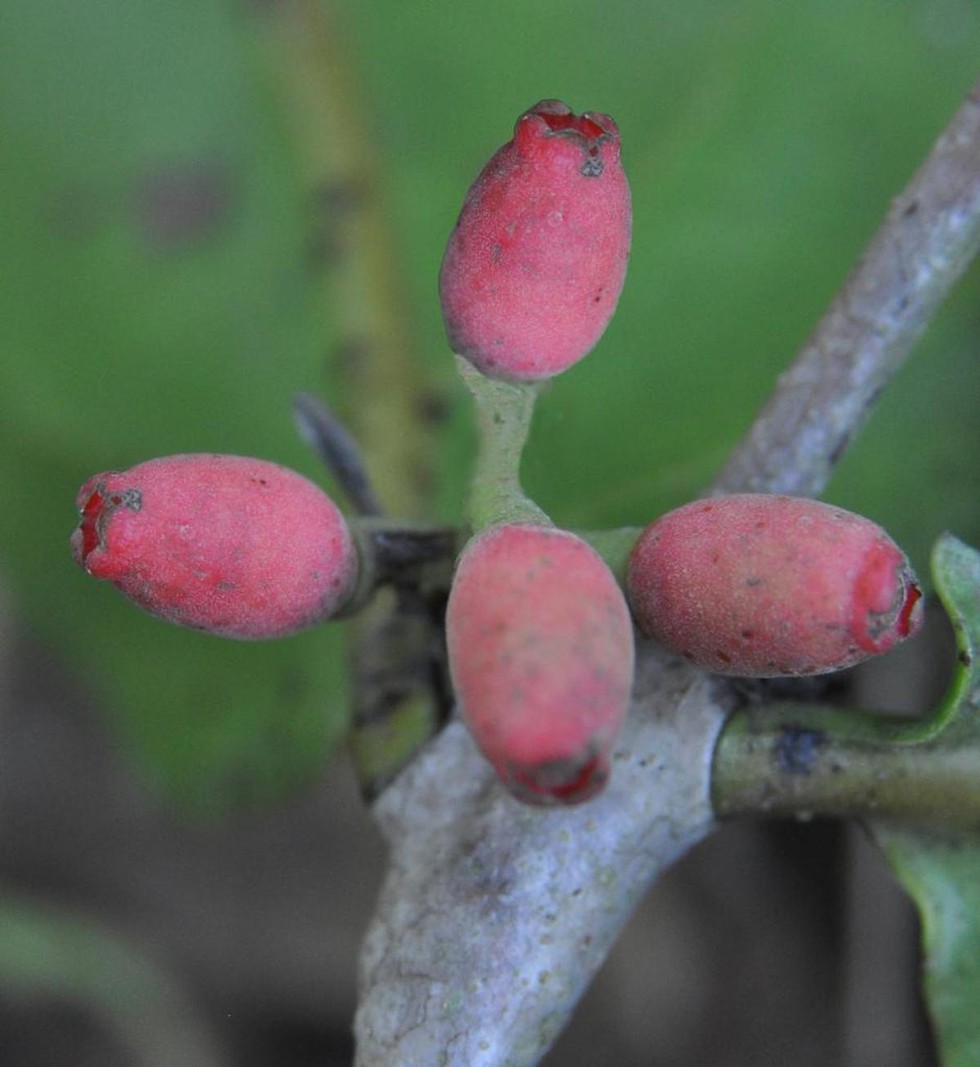Indian botanists and researchers have discovered two new species of plants from the bio-geographic hotspots of the Andaman and Nicobar islands and Arunachal Pradesh.
Discoveries and Researchers
- Dendrophthoe longensis:
- Discovered by: Team led by scientist Lal Ji Singh.
- Location: Long Islands of middle Andamans.
- Details: Aerial stem-parasitic flowering plant species found on Mango (Mangifera indica).
- Habitat: Edge of evergreen forests, low land areas of tropical forests.
- Family: Mistletoe (a group of hemi-parasitic flowering plants).
- Petrocosmea arunachalense:
- Discovered by: Team led by scientist Krishna Chowlu.
- Location: Mandla region of the West Kameng district in Arunachal Pradesh.
- Details: A very small herb found inside a cave, indicating low sunlight requirements.
- Family: Gesneriaceae.
- Appearance: Completely white with a purple blotch and a hairy texture.
Details of Dendrophthoe longensis
- Distribution:
- Sparsely scattered and confined to a few localities of Long Island.
- Specifically recorded in Sigmendera, Lalaji Bay, and near the forest guest house of Long Island.
- Conservation Status:
- Assessed as “Endangered” based on the IUCN categories and criteria (IUCN, 2020).
- Indian Dendrophthoe are represented by nine species, four of which are from the Andaman and Nicobar Islands, with two species being endemic to the region.
- Threats:
- Destruction of natural habitat and other anthropogenic activities, especially timber harvesting of host tree species.
- Developmental works causing population declines worldwide.
- Publication:
- Details of the discovery published in an International Journal of Botanical Taxonomy and Geobotany.
Details of Petrocosmea arunachalense
- Location:
- Discovered in a remote bio-geographic hotspot in Arunachal Pradesh.
- Significance:
- Significant addition to the plant family Gesneriaceae.
- Only the second known species from the genus Petrocosmea in India.
- Publication:
- Research documented in a research article published in the latest issue of the Nordic Journal of Botany.
- Contributors:
- Researchers Akshath Shenoy and Ajit Ray from the Arunachal Pradesh Regional Centre, Itanagar of the Botanical Survey of India.
- Biodiversity:
- Highlights the rich biodiversity of Arunachal Pradesh, known for its diverse and often unexplored flora.
Multiple Choice Questions (MCQs):
- Who led the team that discovered Dendrophthoe longensis?
- A) Krishna Chowlu
- B) Lal Ji Singh
- C) Akshath Shenoy
- D) Ajit Ray
- What type of plant is Dendrophthoe longensis?
- A) Herbaceous plant
- B) Aerial stem-parasitic flowering plant
- C) Aquatic plant
- D) Desert plant
- Which tree is the host for Dendrophthoe longensis?
- A) Neem
- B) Peepal
- C) Mango
- D) Banyan
- In which region was Petrocosmea arunachalense discovered?
- A) Andaman Islands
- B) Nicobar Islands
- C) West Kameng district in Arunachal Pradesh
- D) Western Ghats
- What is the conservation status of Dendrophthoe longensis according to IUCN?
- A) Least Concern
- B) Vulnerable
- C) Endangered
- D) Critically Endangered
- In which publication was the discovery of Petrocosmea arunachalense documented?
- A) International Journal of Botanical Taxonomy and Geobotany
- B) Nordic Journal of Botany
- C) Journal of Plant Research
- D) Botanical Review
